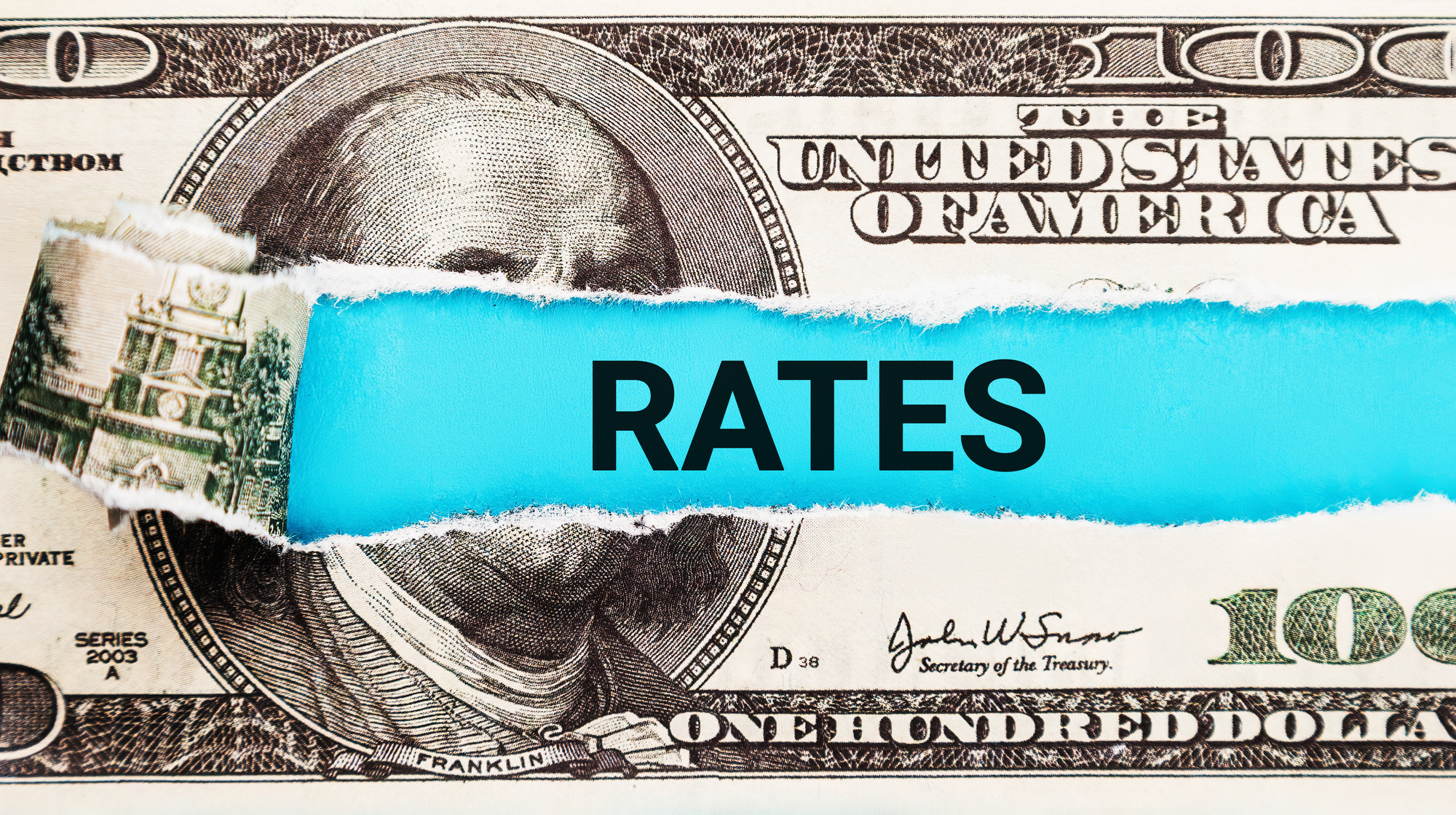The Impact of 50 Basis Points Cut by the U.S. Federal Reserve on the Global Economy
In mid-September, the U.S. Federal Reserve cut interest rates by 50 basis points. In the short term, a U.S. interest rate cut prevents a hard landing for the American economy, which will be beneficial to the global economy as well as Taiwan’s. However, a weakening U.S. and Chinese economy constitute a worrying trend for the global economy in the long term. Picture source: Depositphotos.
Prospects & Perspectives No. 54
The Impact of 50 Basis Points Cut by the U.S. Federal Reserve on the Global Economy
By Jiann-chyuan Wang
In mid-September, the U.S. Federal Reserve cut interest rates by 50 basis points, in line with the expectations of most Wall Street investors. However, for some scholars and experts, this move came as a surprise. Does it indicate that the U.S. economy is performing worse than anticipated — especially at a time when U.S. unemployment rate is rising, and excess saving is almost exhausted which will affect private consumption, which accounts for 70% of the U.S. GDP?
Stabilizing effects
Several factors may explain the Fed’s decision to reduce interest rates. First, the consumer price index has effectively been lowered to around 3%. Although this figure still falls short of the Fed’s 2% target, the rigidity in housing and service sector prices means there is limited room for further reductions. Additionally, with geopolitical tensions easing and the impact of the Russia-Ukraine war on energy prices diminishing, the economic environment appears more stable.
Second, the U.S. unemployment rate has risen, and job creation has slowed, with most new employment opportunities being part-time or contract positions; moreover, the subsidies issued by the United States during the COVID-19 pandemic have led to the exhaustion of excess savings and private consumption may be affected.
Given the moderation in inflation and the potential for significant downward revisions in economic growth, concerns over “rate cuts reigniting inflation” have been overshadowed by the need to “cut rates to save the economy.” As a result, the Fed implemented a 50 basis point cut to avoid a hard landing for the U.S. economy.
Looking ahead, based on the Federal Open Market Committee’s dot plot, it is anticipated that there may be two more rate cuts in November and December, totaling another 25 to 50 basis points. Next year, further cuts of up to 100 basis points are possible, bringing the expected interest rate to around 4.25% to 4.50% by the end of this year.
Global impact
The global economic impact of the U.S. interest cut can be analyzed from three perspectives: stock markets, foreign exchange markets, and economic growth.
In the stock markets, initially, U.S. investors were shocked by the big rate cut, causing a brief market dip. However, with the realization that lower rates could ease monetary conditions and support a soft landing, as well as boost corporate investments, the market began to rebound. For global stock markets, lower U.S. interest rates and a weaker dollar have positive short-term effects, encouraging capital flows and supporting economic activity. However, if the U.S. economy weakens and the dollar depreciates further, combined with a potential bubble in the AI sector, U.S. stock markets could experience prolonged declines. Given the influence of indices like the Nasdaq, Dow Jones, and Philadelphia Semiconductor Index on global markets, this could lead to broader market downturns, particularly in tech-heavy Asian markets.
As for foreign exchange markets, the U.S. rate cut has led to a depreciation of the dollar, which has prompted some capital to flow out of the U.S., alleviating liquidity shortages in other countries. Moreover, a weaker dollar eases the burden of dollar-denominated debt in developing countries, helping to mitigate the risk of financial crises.
However, after cutting interest rates by 50 basis points, the U.S. dollar did not fall significantly. The reason is that the current interest rate in the United States is 5.25 to 5.50%. After a 50 basis point reduction, it is still around 4.75 to 5.0%, which is still higher than the interest rates in most countries, so the dollar is supported. Nevertheless, if interest rates are cut by another 50 points by the end of the year and by about 1% cut next year, the dollar may decline.
Historically, a rate cut and dollar depreciation have had short-term positive effects on commodities like oil and gold, as well as on U.S. equities and bonds. However, the outcome of the U.S. presidential election in November could also have significant implications for both U.S. and global capital markets.
Regarding economic growth, when the U.S. economy is in decline, a sharp rate cut increase the chances of a soft landing and allow the U.S. economy to go further. This will in turn be beneficial to the U.S. and global economies in the short term. Moreover, a weakening dollar could result in the price increase in financial products and commodities. Meanwhile, from previous experience, U.S. interest rate declining cycles will be beneficial for production and international trade.
Potential for global recession
The U.S. unemployment rate in the past three months minus the lowest unemployment rate in the past six months exceeds 0.5, meaning that the U.S. economy may be headed into recession. In addition, Japan’s interest rate hikes and the appreciation of the Japanese yen will increase the possibility of a global economic recession within one or two years, as well as China’s medium-to-low growth in the next 5 to 10 years, couold lead to slow growth of the global economy.
In particular in the long term, the U.S. economic slowdown combined with China’s persistent economic malaise — together accounting for nearly half of global GDP — could lead to a global economic downturn.
Finally, how will the U.S. interest rate affect Taiwan’s economy? After the rate cut, Taiwan’s central bank did not follow suit because Taiwan's interest rate is only around 2%, which is not high. Coupled with the looming real-estate bubble and the recent increase in electricity prices, the pressure on price inflation is not going away; consequently, the central bank still has reservations about cutting interest rates. Taiwan’s central bank also stated that it would not consider cutting interest rates if prices are still above 1.5%, or if a large amount of capital inflows to Taiwan due to U.S. interest rate cuts.
In the short term, a U.S. interest rate cut prevents a hard landing for the American economy, which will be beneficial to the global economy as well as Taiwan’s. However, a weakening U.S. and Chinese economy constitute a worrying trend for the global economy in the long term — Taiwan’s included.
(Dr. Wang is Vice President of the Chung-Hua Institution for Economic Research.)


